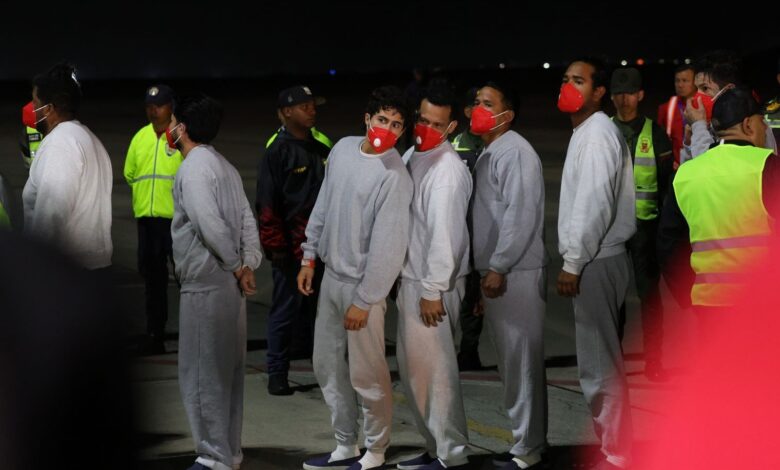Former Guantanamo detainees return to terrorism after release
Association for Defending Victims of Terrorism - Nearly a third of detainees released from Guantanamo Bay since the September 11, 2001, terrorist attacks may have returned to terrorism, according to new data released by the Office of the Director of National Intelligence (ODNI).

In a new declassified report, Dr. Gabriel Castro, a professor of international studies at Cedarville University, said the ODNI assessed that 137 of the 739 detainees released during that time period had re-engaged in terrorism-related activities. The ODNI also reported that another 97 were suspected of re-engaging.
“We now have a better picture of the number of people who have been released in the past few years and have re-engaged in the group,” Castro said. That’s roughly 31 to 32 percent of those arrested and then sent to Guantanamo Bay, he continued.
According to the New York Times’ “Guantanamo File,” an estimated 15 detainees, including the masterminds of the 9/11 attacks, are still at Guantanamo, including Khalid Sheikh Mohammed and others.
Dr. Sarah Harmosh, CEO of H9 Defense, believes the data highlights a broader truth about counterterrorism detention. “While it does remove dangerous individuals from the battlefield, it’s not always a cure for extremism,” Harmosh said. “In some cases, I think prisons serve as networking and recruiting centers.”
The ODNI report echoed the same sentiment. It found that former Guantanamo detainees routinely communicate with each other. The reasons for communication ranged from the mundane (reminiscing about shared experiences) to the sinister (planning terrorist attacks).
As for the released individuals, the Guantanamo Bay case states that the main destination was Afghanistan, where 204 individuals had previously been transferred.
A significant number of leaders of terrorist groups in the region have a history of being detained by US forces. Abu Bakr al-Baghdadi, the leader of ISIS, was also detained by US forces at Camp Bucca in Iraq, where he organized his terrorist organization. It basically seems that these individuals are nurtured in these prisons and then sent to the battlefield. While many low-ranking individuals in terrorist groups either lose their lives or leave the terrorist movement during torture and criminal acts by US forces and other world powers. The fact that someone survives in these prisons and then returns to terrorism can only mean one thing: he has a mission.





